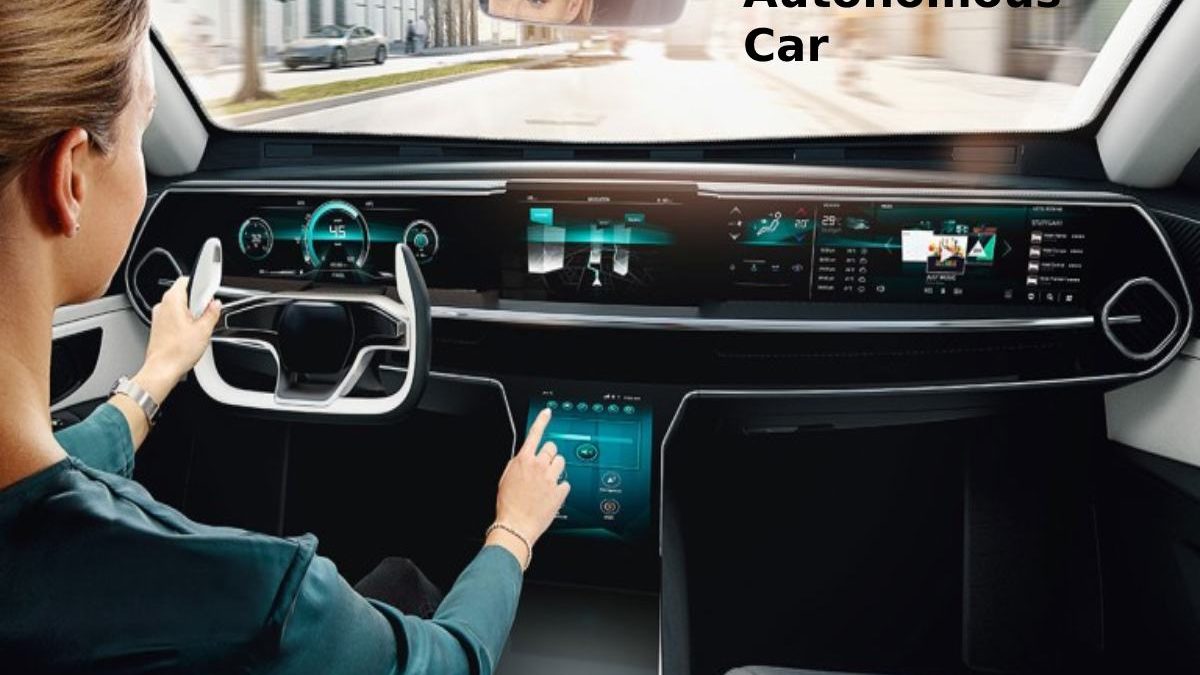Table of Contents
Autonomous Car, From Myth To Reality
Many people ask the question when it comes to self-driving cars, and for car lovers like us, it’s a great question too. Autonomous Car On the sidelines of the Tokyo Auto Show, we recently had the opportunity to discuss with Toyota executives and understand their take on the matter, as they say, faster than we think.
They are not alone in the race because practically all manufacturers are there. Despite the pleasure we get from driving, travel is generally redundant and often a waste of time. The hours we spend behind the wheel for a hike from Montreal to Quebec aren’t fascinating… What if those hours of driving could pay off? In an autonomous car, you could work, listen to a movie or chat with your friends without worrying about the road, like in a plane, virtual pilot.
Zero Accidents Autonomous Car
The other stated goal, according to Kiyotaka Ise, Toyota’s president of research and development and engineering, is safety. Our goal is nothing less than the goal of “zero accidents,” and we want the roads to be much safer than they are now. It is true that the human factor is mainly responsible for most accidents and that an autonomous vehicle could detect any dangerous element and take control of the car if necessary.
It is also a safe bet that our roads would be less dirty. An autonomous car would only travel in the left lane to pass!
Mobility For All Autonomous Car
The other aspect that can play in favor of autonomous vehicles and has proven to be very interesting is mobility for all. When Toyota sponsors the 2020 Olympics and Paralympics, the automaker believes autonomous vehicles can significantly improve the mobility of the elderly or disabled, as the notion of driving will no longer be essential for travel.
With the introduction of its “i” concepts, Toyota even believes that a vehicle will become much more than just a machine. Thanks to artificial intelligence, it will be able to interact with you and become your partner. Beyond the simple learning of schedules and driving habits, this concept uses different technologies to measure. The driver’s emotion according to the place and the moment and uses mobility to improve the quality of life of the passengers.
However, we steer clear of the 100% autonomous car without a driver’s seat. No one can predict how fast we will get there. But more and more driver assistance systems will be by then. During our visit to the region, we had the opportunity to test some of these technologies on the Lexus LS, including driving assistance that keeps the car between lanes and automatically brakes when needed. And Lane Change Assist, which allows you to change lanes automatically, without driver intervention.
Will a vehicle equipped with a steering wheel ever be as rare as a manual transmission? It is possible, and it seems strange to us, but a new generation of drivers will discover the autonomous car, and driving could well be a waste of time and an unknown pleasure.
Driving aids that are efficient but not autonomous
Various developments are beginning to implement between the current car and this level 5. Including high-performance driving aids or automatic systems that operate in certain areas.Or under certain circumstances. Whatever the level, these aids are an essential and indisputable benefit in terms of safety; the driver remains in a position to get back behind the wheel if necessary.
The race for idealized communication in these vehicles, therefore, carries the germ of great disappointments. On the one hand, current actions do not allow us to speak of autonomy. On the other hand, this discourse produces “about trust. And the abandonment of supervision, which could generate new types of accidents derived from driving disconnection. In addition, manufacturers are currently working on monitoring the driver’s vigilance to keep him in the “driving circuit.” So you continue to keep a close eye on what your car is doing.
In the long-term transition period in which level 2 or 3 cars will circulate. This recourse to driver assistance leaves one in doubt. And it seems somewhat paradoxical. In fact, one of the arguments used to idealize this autonomous car is a statistic. 9 accidents out of 10 are of human origin. So the machine seems to be the solution. However, overwhelming the human involved in the actions.


